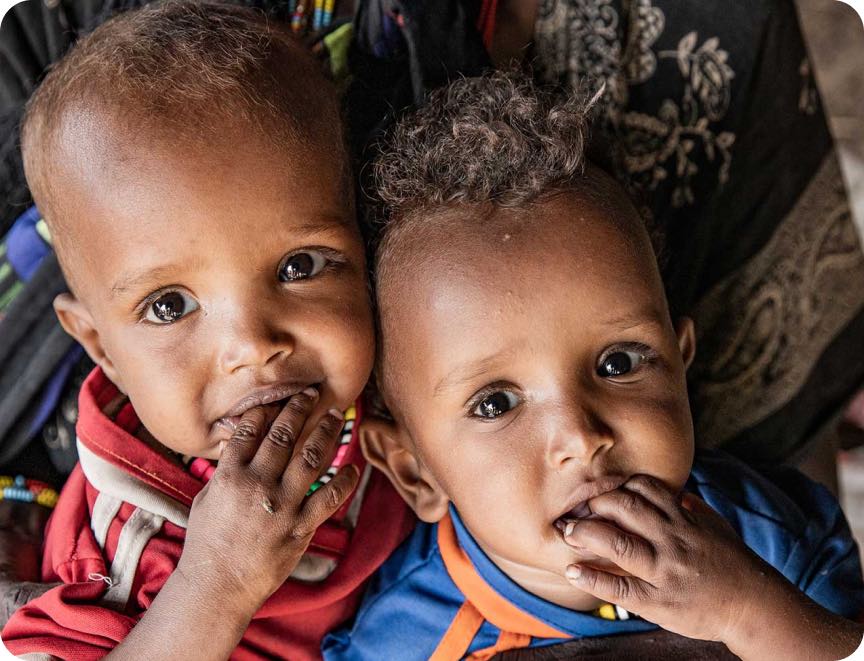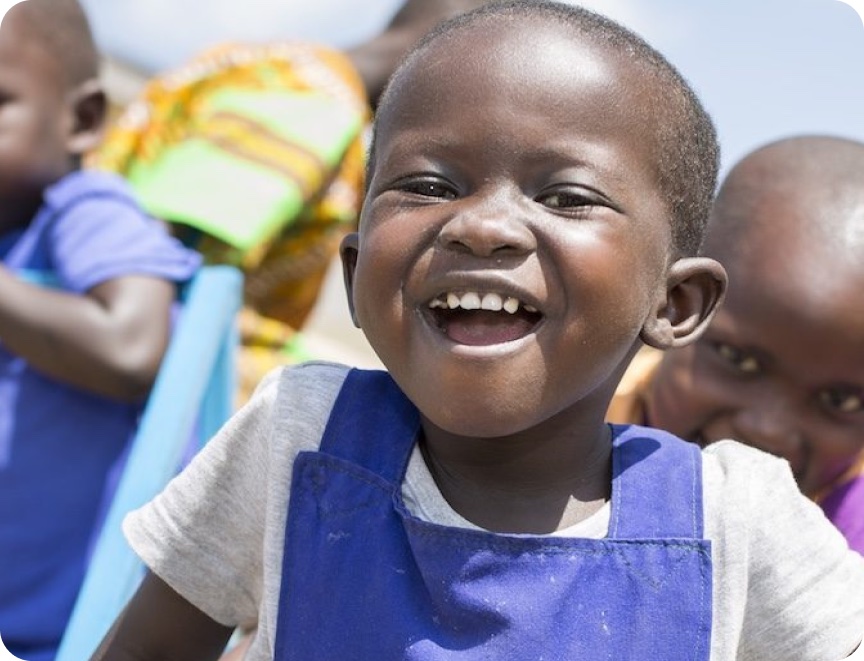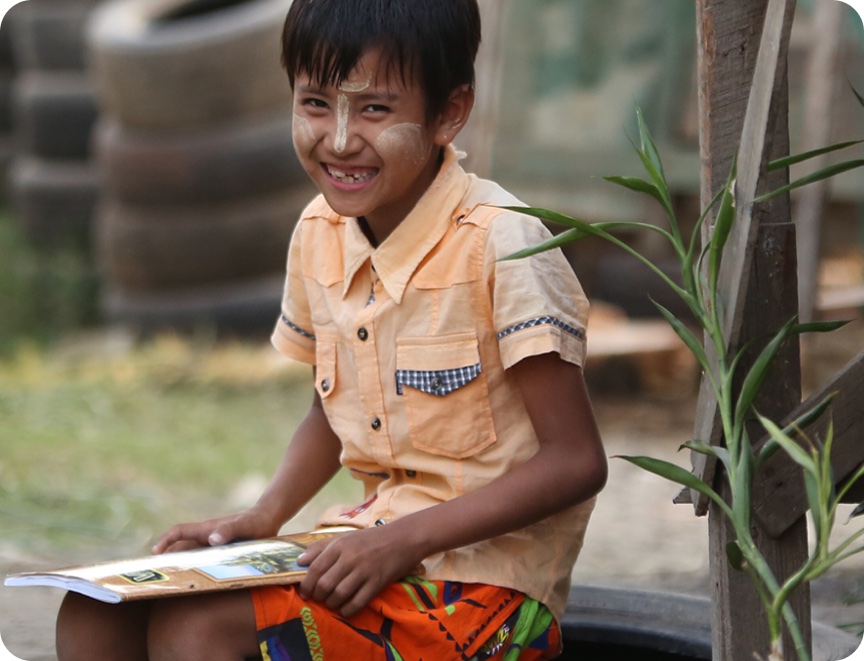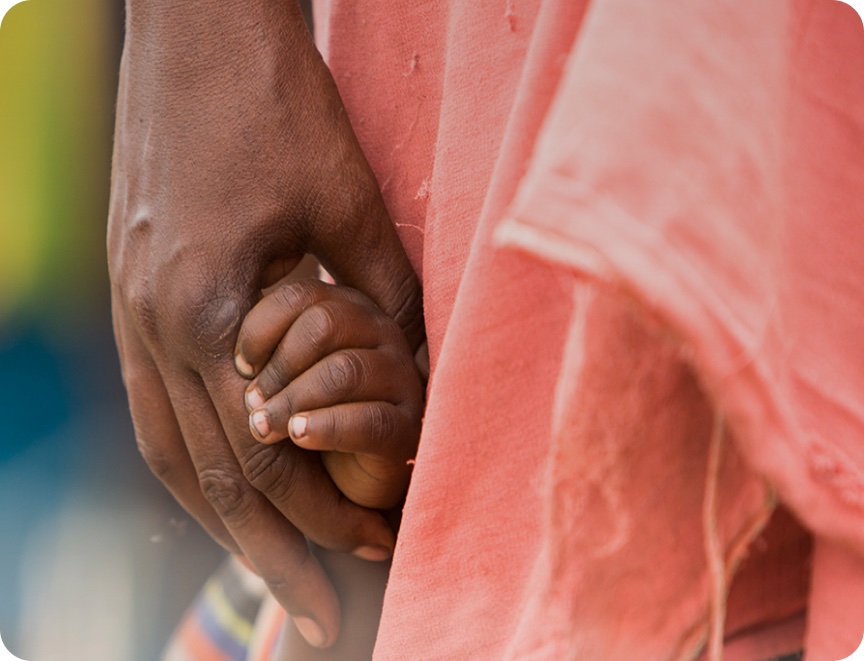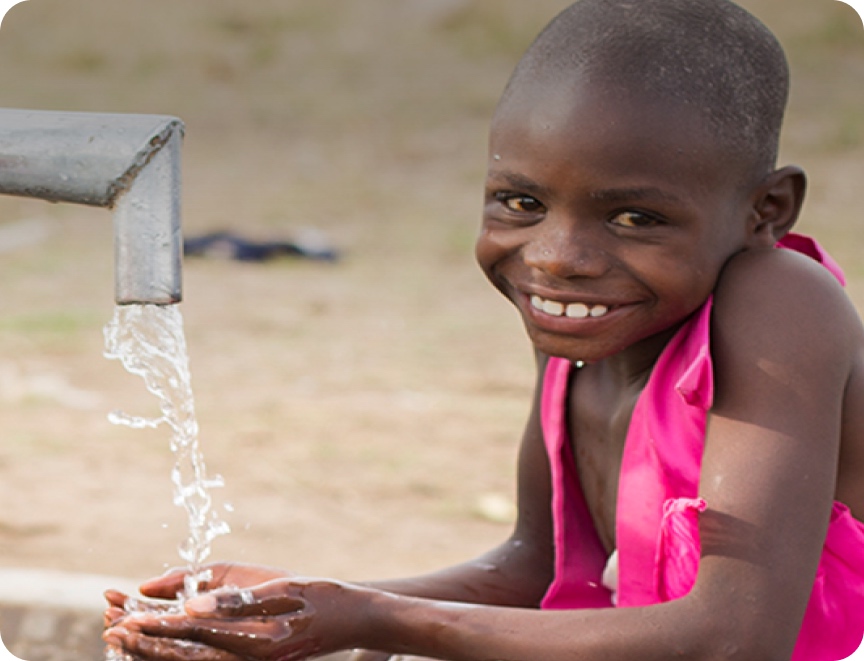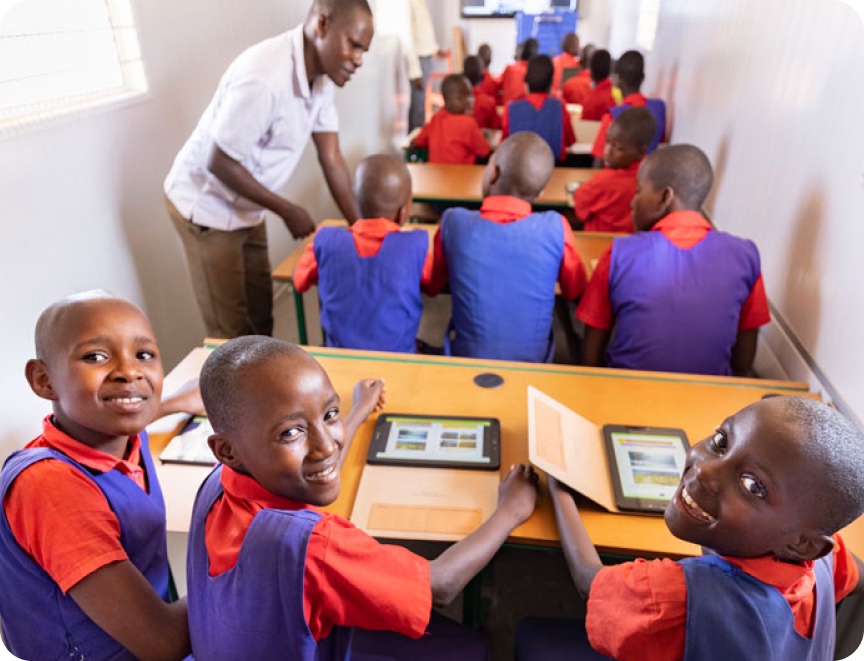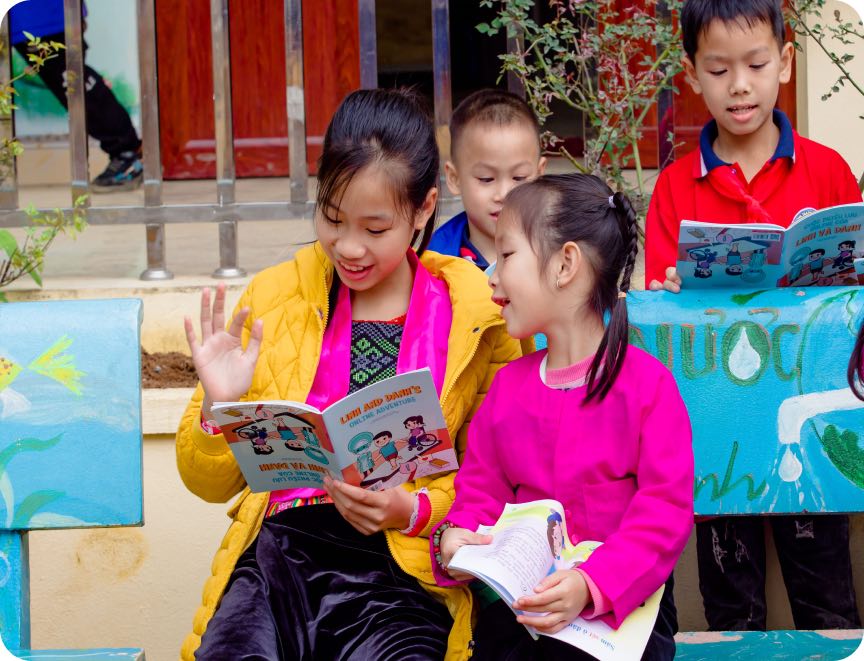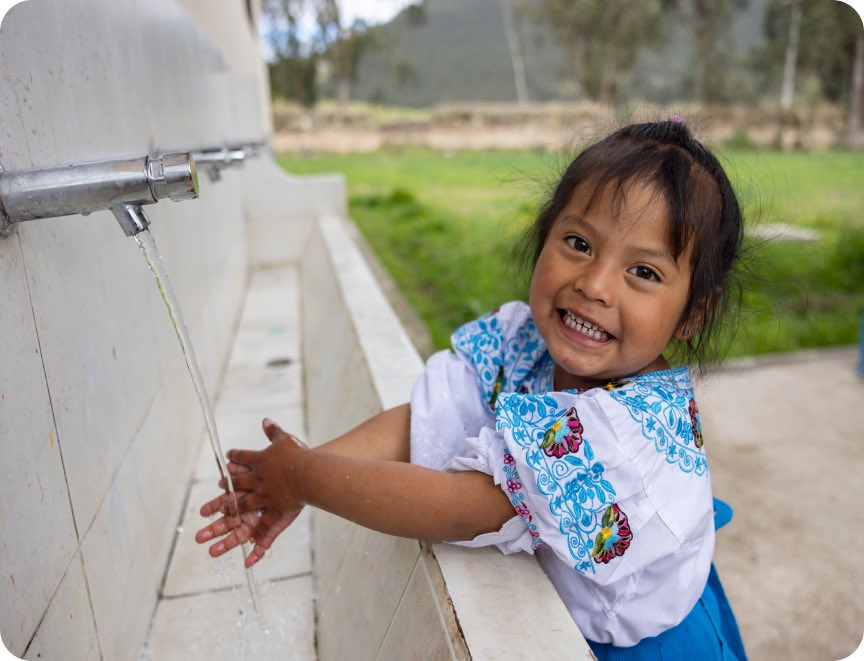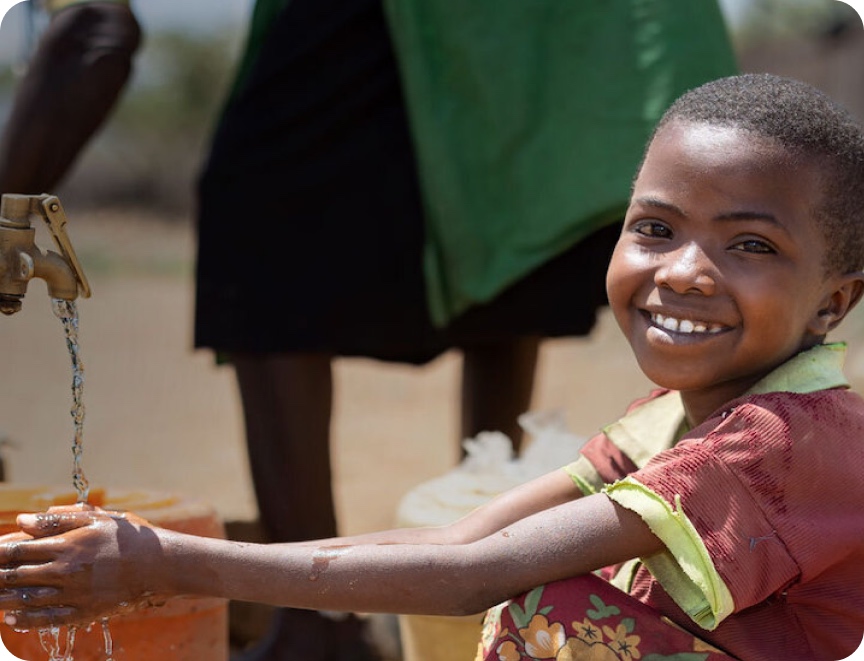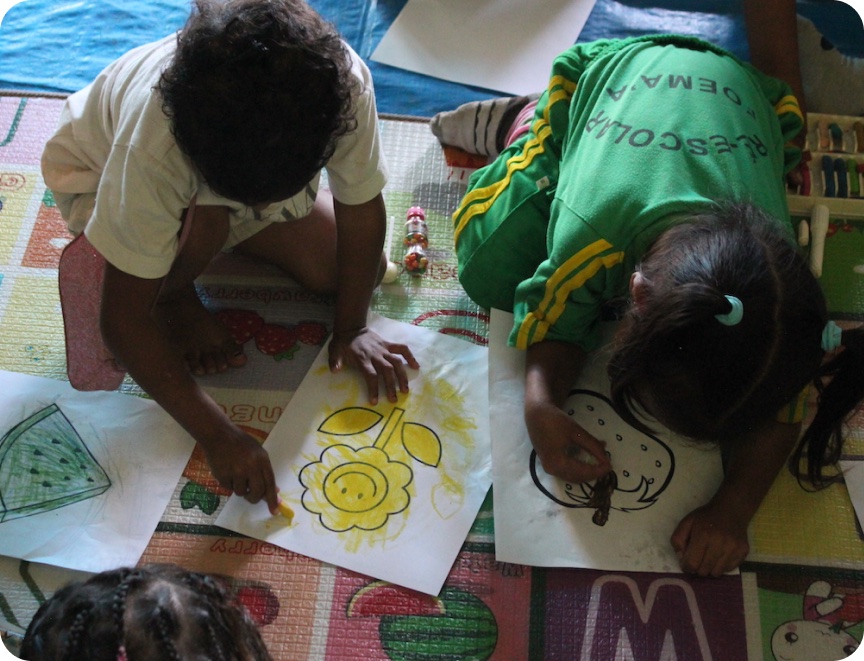Over the last two decades, international aid has contributed to huge strides in poverty reduction, with extreme poverty rates falling in every region of the developing world. Since 1990, there are four million fewer child deaths each year, global primary school enrolment has reached an all-time high of 90% and over 2 billion people have gained access to improved drinking water.*
However, misconceptions about the effectiveness of aid persist among Australians, according to ChildFund Australia’s 2012 Perceptions of Child Poverty and Aid Effectiveness survey.
The survey reveals the number of Australians who think aid has been ‘effective’ in improving the overall standard of living in developing countries has dropped from 76% in 2007 to 57% in 2012. Over a third (36%) of Australians believe aid has been ‘ineffective’. This is despite the fact that Australians rate international aid second only to political stability in terms of factors most important in poverty reduction.
The survey also finds less than one-third of Australians (28%) believe that the lives of children in developing countries have improved over the last 10 years. The greatest proportion of Australians (40%) say children’s lives have ‘remained unchanged’, and the remaining quarter (27%) say their lives have ‘worsened’.
Nigel Spence, CEO of ChildFund Australia, said: “We need to change the way people think about international aid. Australians are presented with myriad stories and images about global poverty. While some of the progress is reported, the greater focus is on the many problems that persist. The complex and sometimes conflicting accounts can be experienced as an overwhelming and negative picture.
“Our survey suggests that for most Australians, the problems continue to overshadow the substantial progress that is being made in reducing poverty. It’s vital for organisations to effectively communicate the success of our aid programs to shift perceptions and encourage continued support from the Australian community.”
Evidence shows that initiatives to provide clean and safe water have been particularly effective, such as the boreholes (deep water wells) recently drilled in drought-affected parts of Ethiopia with the support of ChildFund. According to The Millennium Development Goals Report 2012, the target of halving the proportion of people globally who lack access to safe water by 2015 has been reached – five years ahead of schedule.
Between 1990 and 2010, over 2 billion people gained access to improved drinking water sources, such as piped water systems and protected wells. If current trends continue, 92% of the global population will be covered by 2015.*
Mr. Spence adds: “Australians should feel very reassured by these latest findings. Long-term development programs are helping reach important goals to ease poverty in developing countries. This should encourage continued investment in our international aid programs, which are clearly making headway in reducing poverty for the world’s poorest children and families.”
*Progress results taken from the United Nations’ Millennium Development Goals Report 2012, released in July 2012.
The full 2012 Perceptions of Child Poverty and Aid Effectiveness survey report is available for download here.
Photo: Solomon, 11, studies in a library built and furnished by ChildFund in Ethiopia [photo by Jake Lyell]


